Tajín is a Mexican chili-lime seasoning, while chamoy is a sweet, tangy, spicy fruit-based sauce. Together they create the iconic 'Tajín and Chamoy' flavor combination popular for dipping fruits, rimming glasses, and enhancing snacks. Here's exactly how to use them, where to buy authentic versions, and why this pairing works so well.
What Are Tajín and Chamoy? (The Quick Answer You Need)
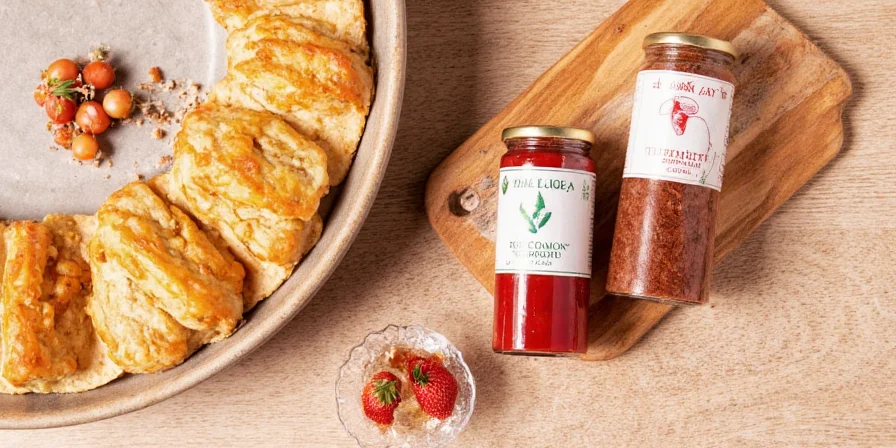
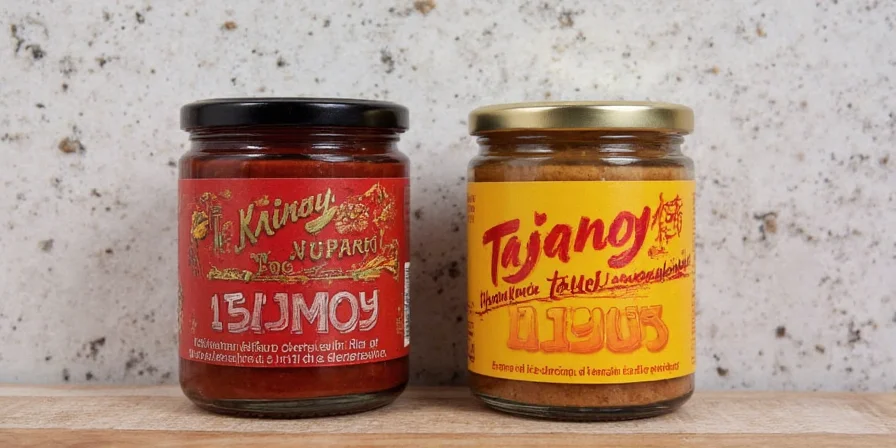
Tajín is a dry Mexican seasoning blend made primarily from chili peppers, dried lime, and salt. It delivers a distinctive smoky heat with citrus brightness that enhances everything from fresh fruit to cocktails.
Chamoy is a thick, syrupy sauce made from pickled fruit (typically apricots or plums), chilies, lime, and sugar. It offers the perfect balance of sweet, sour, spicy, and umami flavors.
| Feature | Tajín | Chamoy |
|---|---|---|
| Texture | Dry powder | Thick sauce/syrup |
| Main Ingredients | Chili powder, lime, salt | Fruit base, chili, vinegar, sugar |
| Flavor Profile | Smoky, salty, tart | Sweet, sour, spicy, umami |
| Best For | Rubbing on snacks, rimming glasses | Dipping sauces, drizzling over fruit |
The 3 Most Popular Ways to Use Tajín and Chamoy (That Actually Work)
- Classic Fruit Dip: Slice mango, pineapple, or cucumber, drizzle with chamoy, then sprinkle generously with Tajín. This street food favorite delivers the perfect sweet-spicy-tart balance.
- Cocktail Enhancement: Rim glasses with Tajín for margaritas or micheladas, then add ½ oz chamoy to your drink for complex depth.
- Snack Transformer: Toss popcorn, nuts, or even gummy bears in a light coating of chamoy followed by Tajín for instant flavor upgrade.
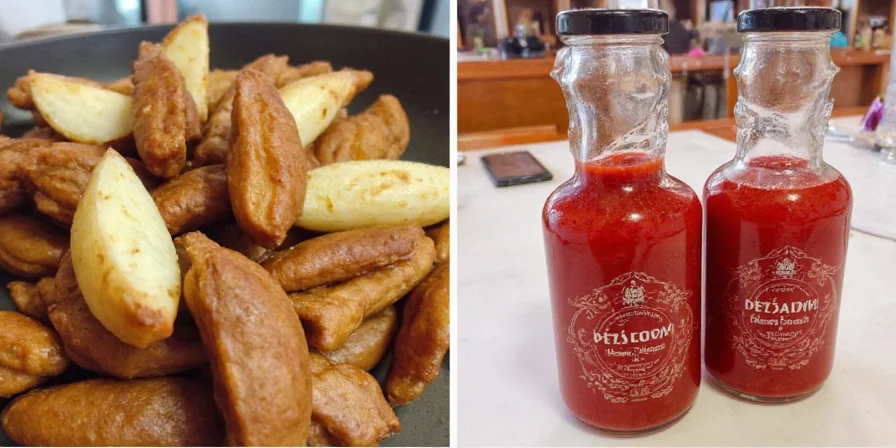
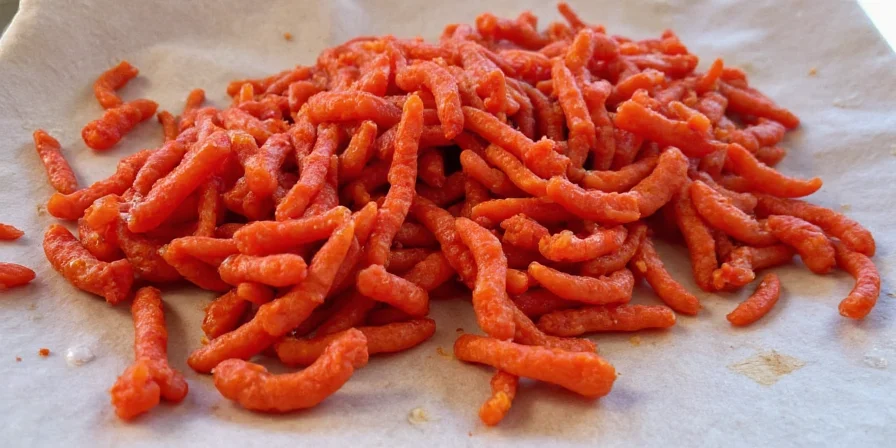
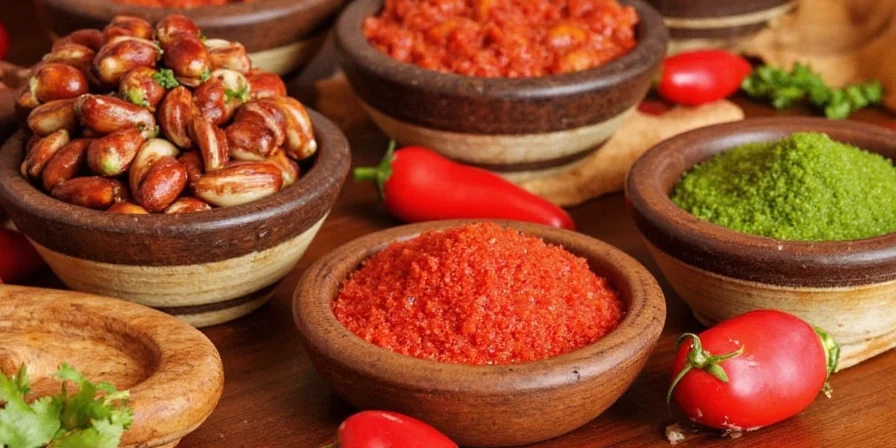
Why This Combination Works So Well: The Simple Science
The magic happens through taste receptor activation. Tajín provides salt and capsaicin (heat), while chamoy delivers sweetness, acidity, and umami. Together, they stimulate multiple taste pathways simultaneously, creating a more intense flavor experience than either could alone.
Where to Buy Authentic Tajín and Chamoy (Without Wasting Money)
Tajín: Look for the classic yellow container with the rooster logo. Avoid knockoffs with cornstarch or artificial ingredients. Available at Walmart, Target, and most grocery stores in the international aisle.
Chamoy: Trusted brands include Don Luis, Mayonesa Valentina, and Lucas. Check ingredient lists for fruit base (not just sugar and artificial flavors). Mexican grocery stores typically have the widest selection.
- Refrigerate chamoy after opening
- Store Tajín in a cool, dry place
- For sugar-conscious users: Look for "sin azúcar" (sugar-free) chamoy options
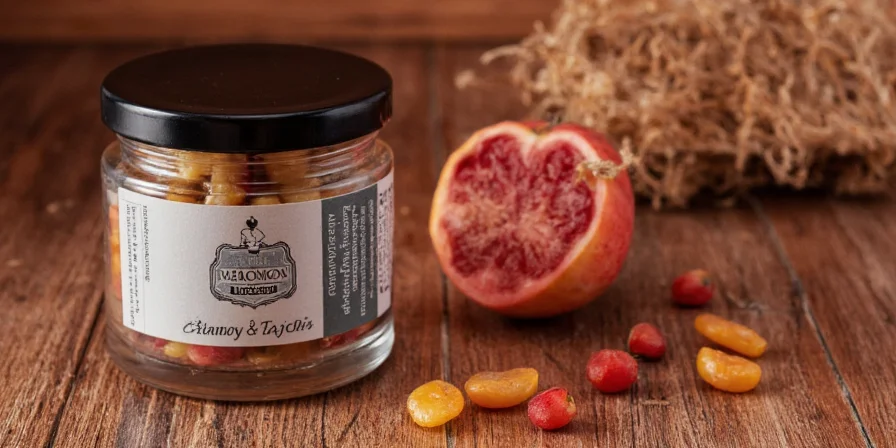
Tajín and Chamoy vs. Similar Products: Quick Reference
| Product | How It Compares to Chamoy | When to Choose Instead |
|---|---|---|
| Hoisin Sauce | Savory but less sweet/spicy, no fruit base | For Asian dishes needing less heat |
| Gochujang | Fermented but earthier, less fruity | Korean recipes requiring deep umami |
| Sriracha Mayo | Creamy rather than syrupy | When you want milder heat with richness |
Frequently Asked Questions (Solved)
Can I make my own chamoy at home?
Yes! Simmer dried apricots or plums with vinegar, sugar, chili powder, and lime juice until thickened. Strain for smooth texture. Homemade versions lack preservatives, so refrigerate and use within 2 weeks.
Why does Tajín sometimes taste different?
Tajín's flavor can vary slightly by batch due to natural chili and lime variations. The classic version contains only chili peppers, lime, and salt - no artificial flavors. If yours tastes significantly different, you might have a counterfeit product.
What's the best fruit for Tajín and chamoy?
Mango is the classic choice, but watermelon, pineapple, cucumber, and jicama work exceptionally well. Choose firm fruits that hold their shape when coated with the sauce.
Simple Storage and Usage Tips You Need to Know
- Ratio matters: Start with 1 part chamoy to 2 parts Tajín, then adjust to taste
- Prep surface: Use parchment paper when coating sticky items like gummy bears
- Temperature trick: Chill coated fruits for 10 minutes to help the coating set
- Preserve freshness: Add chamoy to fruit salads to prevent browning

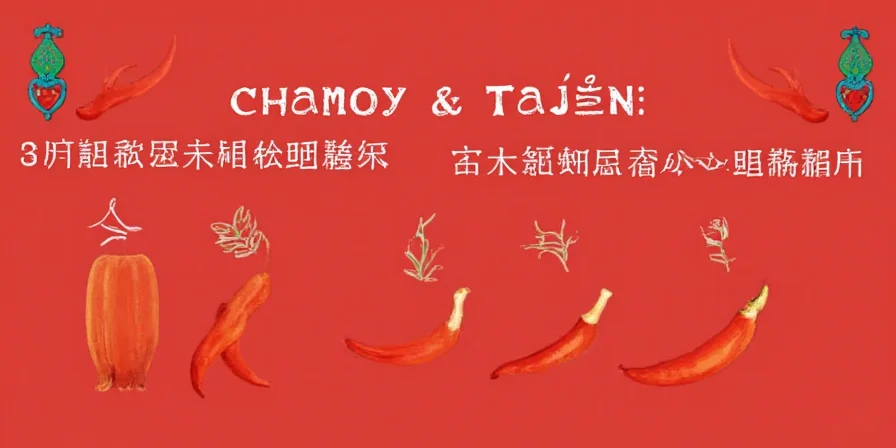









 浙公网安备
33010002000092号
浙公网安备
33010002000092号 浙B2-20120091-4
浙B2-20120091-4